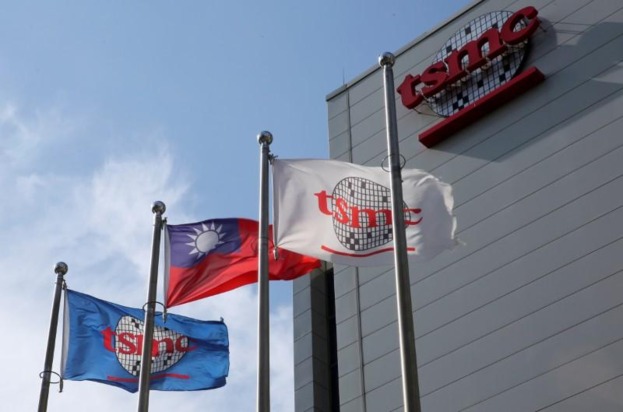Enter 2021.01.15 11:57 | Revision 2021.01.15 13:58
Intel is currently producing CPUs using a 10 nanometer (nm) process. Until last year, R&D for the application of the 7-nano process has been conducted, but in the end, it has not exceeded the limit of technology.
Some foreign media reported that Intel is also negotiating with Samsung Electronics, but most of the analysis was that it would only be ranked second because of TSMC, which commercialized the 5-nano process first. It is also known that Intel ordered a graphics processing unit (GPU) to TSMC last year.

TSMC specifically plans to focus 80% of its investment on improving the 3-nano process. It is planned to test-produce the 3nm product this year and mass-produce it in the second half of next year. Previously, Taiwanese market research firm Trend Force predicted that Intel will mass-produce CPUs in TSMC’s 5-nano process in the second half of this year, and mass-produce processors in the 3-nano process in the second half of next year.
Wall Street predicts that Intel will unveil its semiconductor consignment production plan on the 21st when it announced its fourth quarter last year. It is an observation that structural reforms will be hurried as complaints are rising inside and outside the company. The US activist hedge fund Third Point also urged Intel last month to shake off the production sector as soon as possible and find an alternative.
On the 13th, Intel has already announced a change by replacing the CEO from Bob Swan to Fat Gelsinger. Gelsinger joined Intel in 1979 and has led technology development for over 30 years and has become the Chief Technology Officer (CTO). The industry sees that Gelsinger, who is an engineer rather than Swan, a former finance officer, may be more suitable for solving Intel’s issues.
Meanwhile, TSMC’s demand for semiconductors under 7nm is soaring endlessly. The success of Apple and Huawei in mass production of mobile application processors (AP) superior to competitors with TSMC’s technology was large. In fact, despite the loss of Huawei due to US sanctions, TSMC recorded its record-high performance in the fourth quarter of last year thanks to increased orders from major customers such as AMD. In particular, the share of 5nm process sales jumped from 8% in 3Q to 20% in 4Q.
TSMC is also increasing its overseas production bases to keep pace with this growing demand. Following the announcement that it will set up a 5-nano production plant in Arizona, the US by investing 12 billion dollars (about 14.78 trillion won) last year, news that it will set up a semiconductor packaging plant in Japan is also reported.
